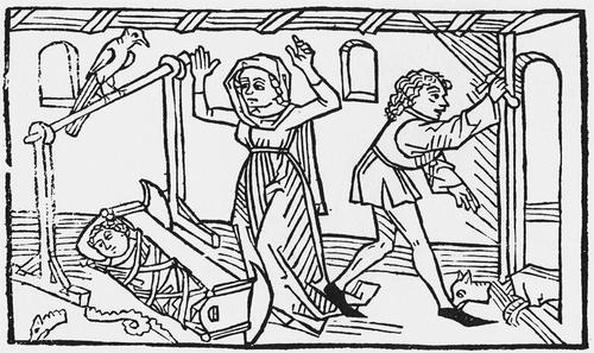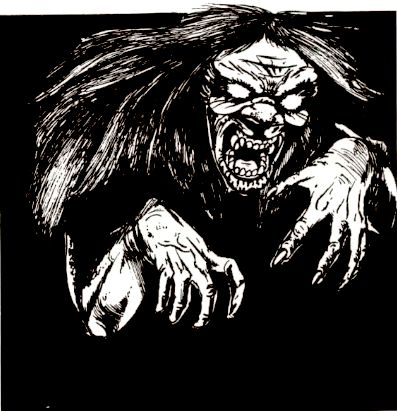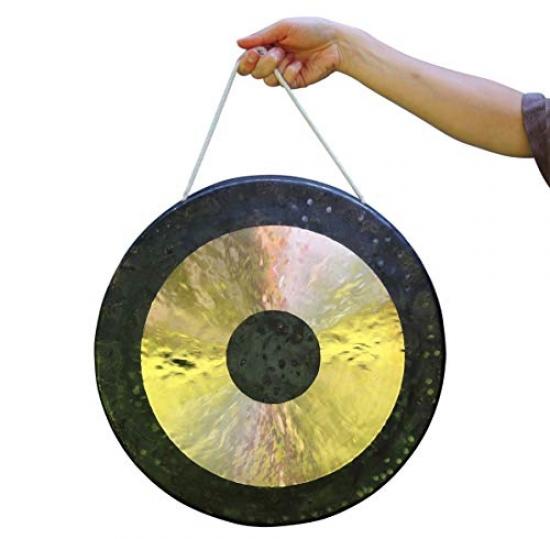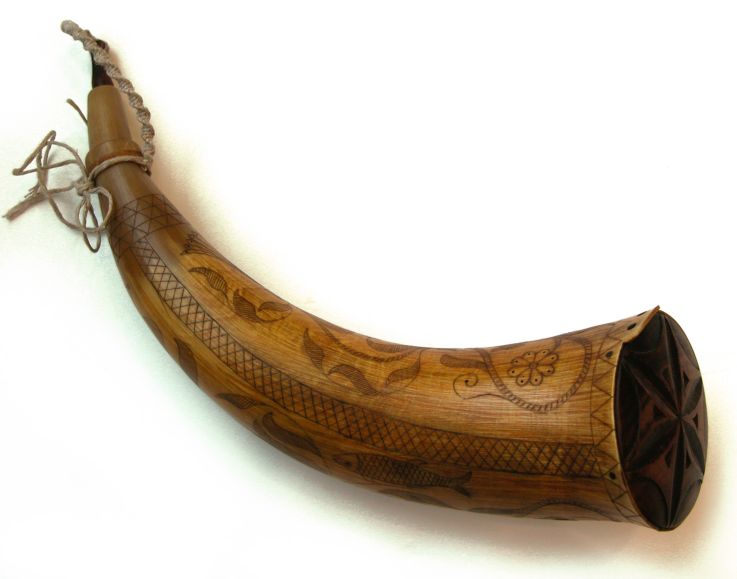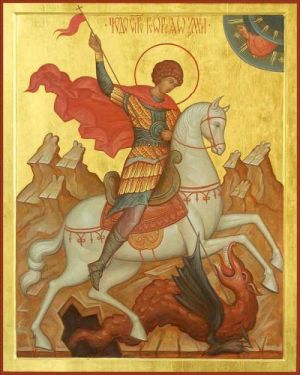The Hounds of St. Guinefort
Once upon a long time ago, a hound lived on the lands around a castle in the vicinity of Lyons, France. The hound belonged to a knight who enjoyed hunting. When the knight went out to hunt, he left his son, still an infant, under the hound’s protection. And so things went week after week, and the hound faithfully fulfilled its duties.
After a long hunt one day, the knight returned to find his infant son’s room a terrible wreck. The crib was overturned. Smears of blood stood out in horrible contrast on the walls and floor. The hound sat near the door, its muzzle grisly with gore. Enraged and grieved, the knight drew his sword and chopped off the hound’s head.
Then, the knight heard his infant son’s cries. Moving the crib aside, the knight’s tearful eyes saw two sights: his infant son alive and unhurt, and nearby the mangled corpse of a deadly viper. The faithful hound had killed the serpent to protect the baby.
Stricken by grief, the knight buried his hound beneath a small cairn. He planted trees around the grave. The trees grew quick and tall, and the peasants honored the hound as a saint, asking the hound to protect their own infants.
Hound of St. Guinefort (Planar, Lawful)
Armor Class: 6
Hit Dice: 3+3** (M)
Move: 210′ (70′)
Attacks: 1 bite
Damage: 2-7
No. Appearing: 2-5
Save As: Fighter 3
Morale: 9
The hounds of St. Guinefort are angelic canines believed to be the ascended spirits of heroic dogs. They appear much like muscular hounds with coats of shining fur, gold or silver in color. Their eyes glow with intelligence. These creatures can always detect evil, and they are immune to disease and poison. When fighting Chaotic creatures, the hounds have +1 to morale, to hit, and to damage. Once per day, a hound of St. Guinefort may bark instead of bite. Its bark causes 4-9 points of damage to every Chaotic creature within 30 feet of the hound. Undead within the same radius might be turned; treat the hound as a 3rd-level cleric. The hounds of St. Guinefort have infravision with a 90-foot range, and they are 75% likely to see invisible or hidden creatures. The hounds speak the languages of angels and of men.
